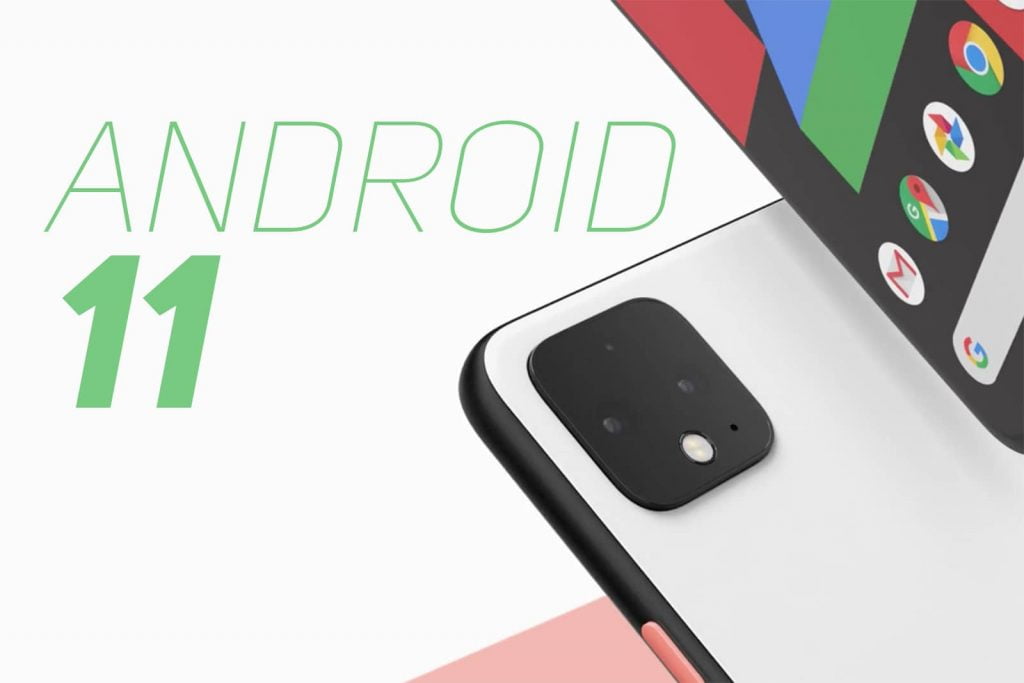Today, Google is releasing the Android 11 beta for Pixel phones. It features a revamped notification system, a new power menu, and dozens of smaller tweaks. I’ve been using an early version of it provided to me by Google on my Pixel 4 XL for about a week now, and I’m already depending on some of its new features.
Android is a “mature” operating system, which is to say there aren’t a lot of obvious missing features. You might say that mature smartphone operating systems like Android and iOS have the opposite problem: too many features. So Android 11 doesn’t add a lot of new capabilities; instead, it tries to help you handle all of the things your phone already does. The job of a mature operating system is to manage complexity.
Highlights:
-
The Android 11 beta is available now for Pixel phones.
-
This all sounds like a lot of silly shuffling when you read about it, but actually using this new system makes immediate sense.
Here’s how the Android 11 beta tackles it. Notification management has always been the feature that Android absolutely nails, and we’ve already covered that Google continues improving it in Android 11 with the addition of a conversation class. It bundles real-time, bi- or multidirectional communication at the top of the notification shade. We’ve now also noticed that these conversations notifications offer a slew of new long-press options that help you manage them. The long-press menu for regular notifications remains unchanged, though.
A crossed-out messages symbol to the right of a contact’s information lets you demote the notification from a conversation to a regular one, but this option might very well be removed from the stable release of Android 11 — it could be meant to tame apps that don’t work well with the new API at the moment. The gear icon takes you to the usual notification settings.
It’s “Chat heads” from Facebook Messenger, basically, but now made available to any chat app in Android as an official feature — seven years after Facebook introduced them. Unfortunately, it seems like apps will need to be updated to support bubbles, though Google says it’s a relatively simple thing to do.
If Chat heads aren’t your thing, you have another option to make sure you don’t miss important texts. Long-press a notification in the conversations section and you can choose between three options: Priority, Alerting, and Silent. Here’s how they break down:
- Priority: the little icon that goes with the notification — usually the avatar for the person who sent it — will appear in your status bar and on the lock screen instead of just the icon for the app. Inside the notification shade, those conversations will always appear at the top and will also get a little yellow highlight around their icon. You can also optionally choose to allow priority conversations to break through Do Not Disturb.
- Alerting: works just like before
- Silent: Tapping silent will keep that thread from alerting your phone, but the chat thread’s notifications will still appear in the conversation section, just at the bottom. I have already used this option on a couple of, particularly chatty threads. I don’t miss messages because they’re still up top in the conversations section, but my phone doesn’t vibrate with every little message.
This all sounds like a lot of silly shuffling when you read about it, but actually using this new system makes immediate sense. I feel much more in control of my chats now. Texts from individual family members get through, but texts from the family group chat are shushed without getting lost.
One last thing: last year, Google put true, native screen recording in the Android 10 beta but pulled it for the official release. It’s back this year in the Android 11 beta, and it worked flawlessly in my testing. Hopefully, it sticks around this time. It’s been an add-on feature on many Samsung, Huawei, and other phones for years. I’m not sure why Google has found it so difficult to support at an OS level.


